Literal Equations Worksheet with Answers
Are you struggling to solve literal equations and need some extra practice? Look no further! Our Literal Equations Worksheet with Answers is specifically designed to help students master the art of solving equations with multiple variables. Whether you're a high school student studying algebra or a college student refreshing your math skills, this worksheet will provide you with ample opportunities to practice and refine your understanding of this important concept.
Table of Images 👆
More Other Worksheets
Kindergarten Worksheet My RoomSpanish Verb Worksheets
Cooking Vocabulary Worksheet
DNA Code Worksheet
Meiosis Worksheet Answer Key
Art Handouts and Worksheets
7 Elements of Art Worksheets
All Amendment Worksheet
Symmetry Art Worksheets
Daily Meal Planning Worksheet
What is a literal equation?
A literal equation is an equation that involves more than one variable. It typically represents a general formula or relationship between variables, where one variable is usually expressed as a function of one or more other variables. Literal equations are commonly used in mathematics and science to model various real-world phenomena and relationships.
How are literal equations different from regular equations?
Literal equations are equations with multiple variables, where one variable is isolated on one side of the equation. These equations are typically used to represent a specific formula or relationship. Regular equations, on the other hand, usually involve only one variable and are solved for that variable. Literal equations are essentially a special type of equation that focuses on isolating one variable within a larger formula or relationship.
Why are literal equations useful in mathematics and science?
Literal equations are useful in mathematics and science because they allow us to solve for specific variables in formulas and equations. By manipulating and rearranging these equations, we can effectively isolate and control different variables to observe how changes in one affect others. This is crucial in problem-solving and modeling various real-world scenarios, making literal equations a valuable tool in analyzing and predicting outcomes in both fields.
Can a literal equation have more than one variable?
Yes, a literal equation can have more than one variable. In a literal equation, the variables are typically represented by different letters or symbols and the equation relates these variables to each other. This type of equation is commonly used in algebra to represent relationships between quantities in various mathematical problems.
How can you solve a literal equation for a specific variable?
To solve a literal equation for a specific variable, isolate the variable by performing the inverse operation on both sides of the equation until the variable is alone on one side. This may involve simplifying or rearranging the equation by following the order of operations. Once you have successfully isolated the variable, you will have solved the equation for that specific variable.
What are some common strategies for solving literal equations?
Some common strategies for solving literal equations include isolating the variable by performing the same operation on both sides of the equation, simplifying fractions and terms using basic algebraic rules, and combining like terms to get a clear expression for the variable. Rearranging the equation by moving terms around or factoring out common factors can also help in solving for the desired variable in a literal equation.
How can you verify the solution to a literal equation?
To verify the solution to a literal equation, you should substitute the values of the variables into the original equation and simplify both sides to ensure they are equal. If the values satisfy the equation, then the solution is correct. If both sides are not equal, then the solution is incorrect and you need to reevaluate the solution.
In what situations are literal equations commonly used?
Literal equations are commonly used in mathematics and physics when a formula or equation contains multiple variables and one variable needs to be solved for in terms of the other variables. They are also used in engineering and science to express relationships between different quantities in terms of variables. Furthermore, literal equations are frequently used in solving real-life problems such as calculating areas, volumes, speeds, and concentrations.
How can you use literal equations to model real-world problems?
You can use literal equations to model real-world problems by representing the relationship between different variables in a formula or equation. By assigning variables to different components of a problem and then manipulating the equation to solve for a specific variable, you can analyze how changes in one variable will impact others. This allows you to better understand the underlying relationships in the problem and make predictions or decisions based on those relationships.
What are some common mistakes to avoid when working with literal equations?
Some common mistakes to avoid when working with literal equations include incorrectly simplifying or rearranging terms, not properly isolating the variable being solved for, forgetting to distribute a negative sign when needed, and neglecting to check your final solution back into the original equation to ensure its validity. It's crucial to pay attention to detail, double-check your work, and follow the correct steps for manipulating equations to avoid errors and arrive at the correct solution.
Have something to share?
Who is Worksheeto?
At Worksheeto, we are committed to delivering an extensive and varied portfolio of superior quality worksheets, designed to address the educational demands of students, educators, and parents.





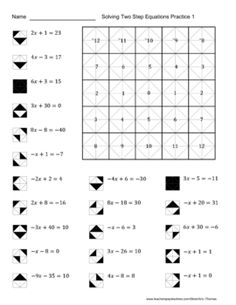
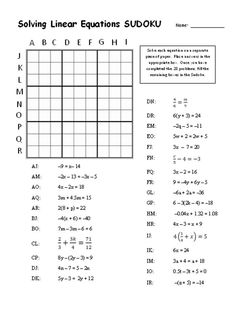
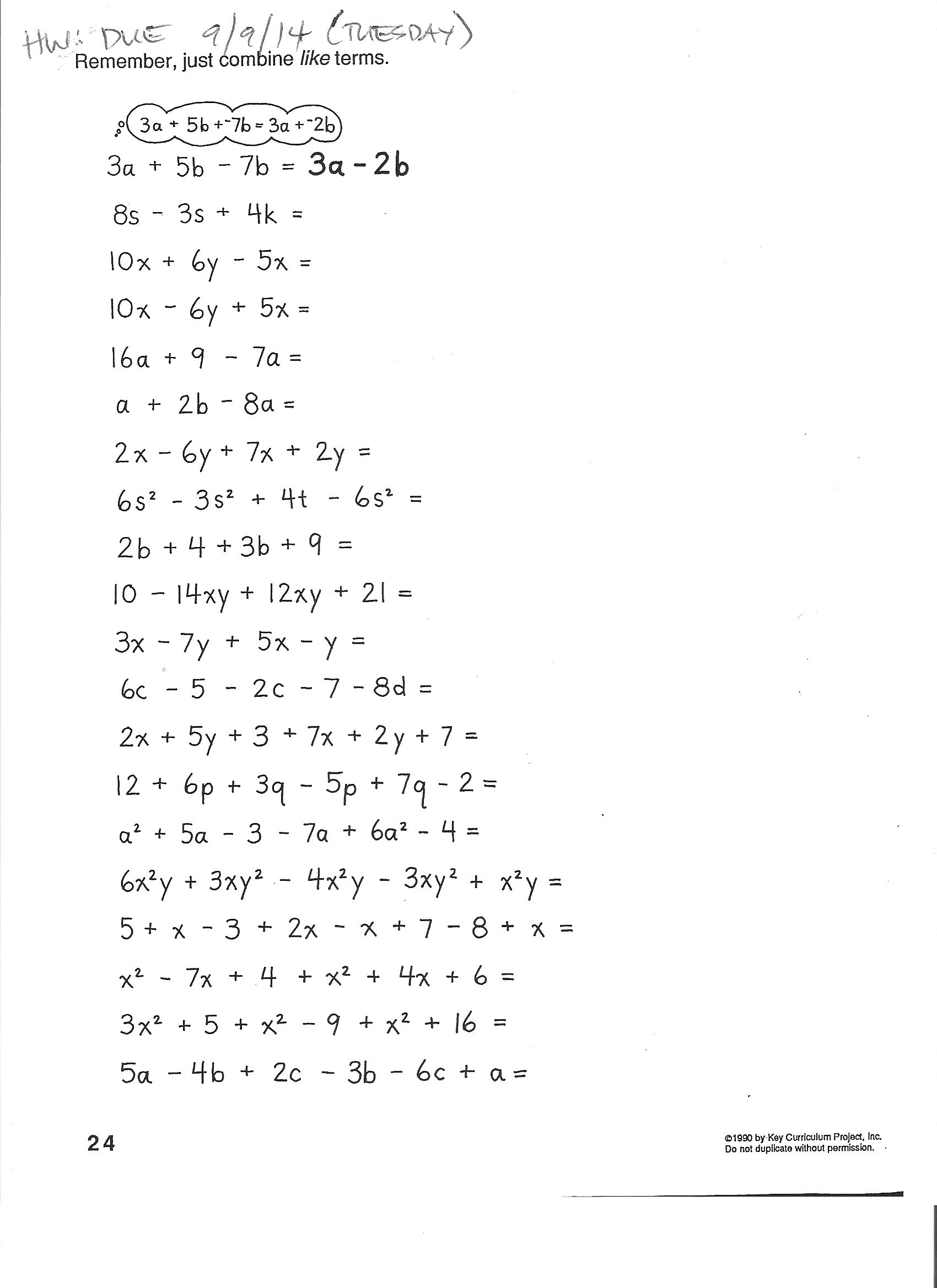
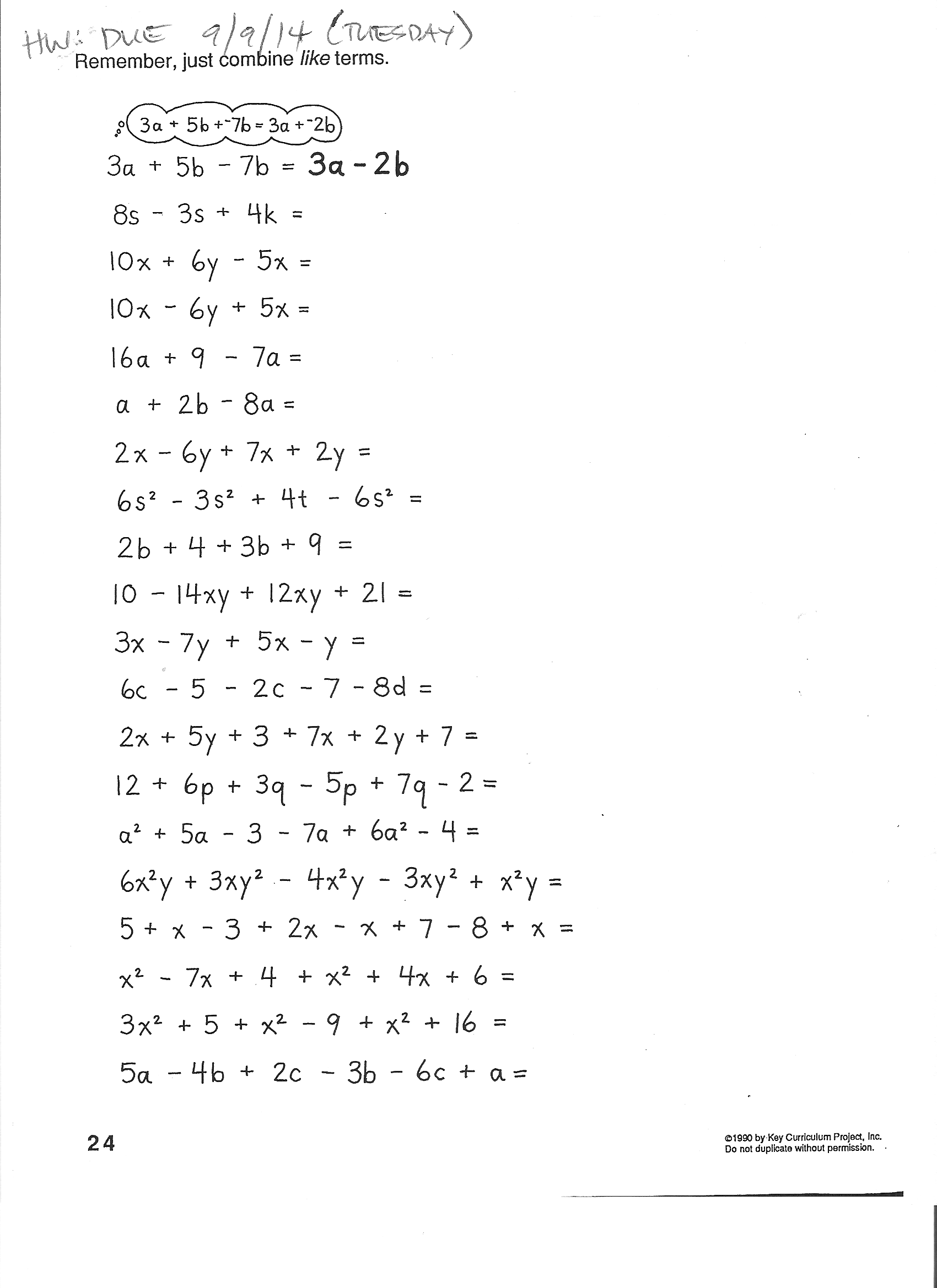
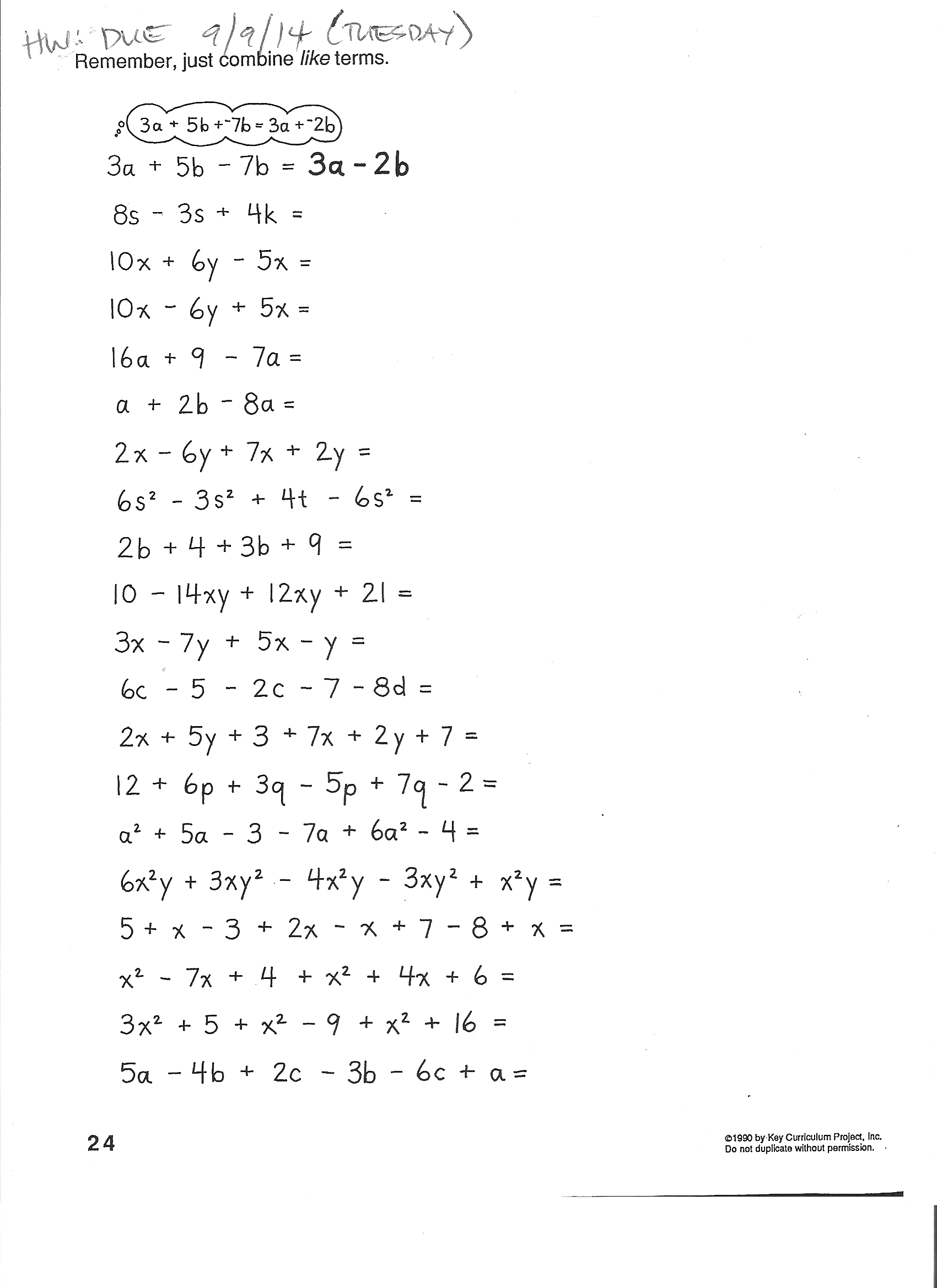
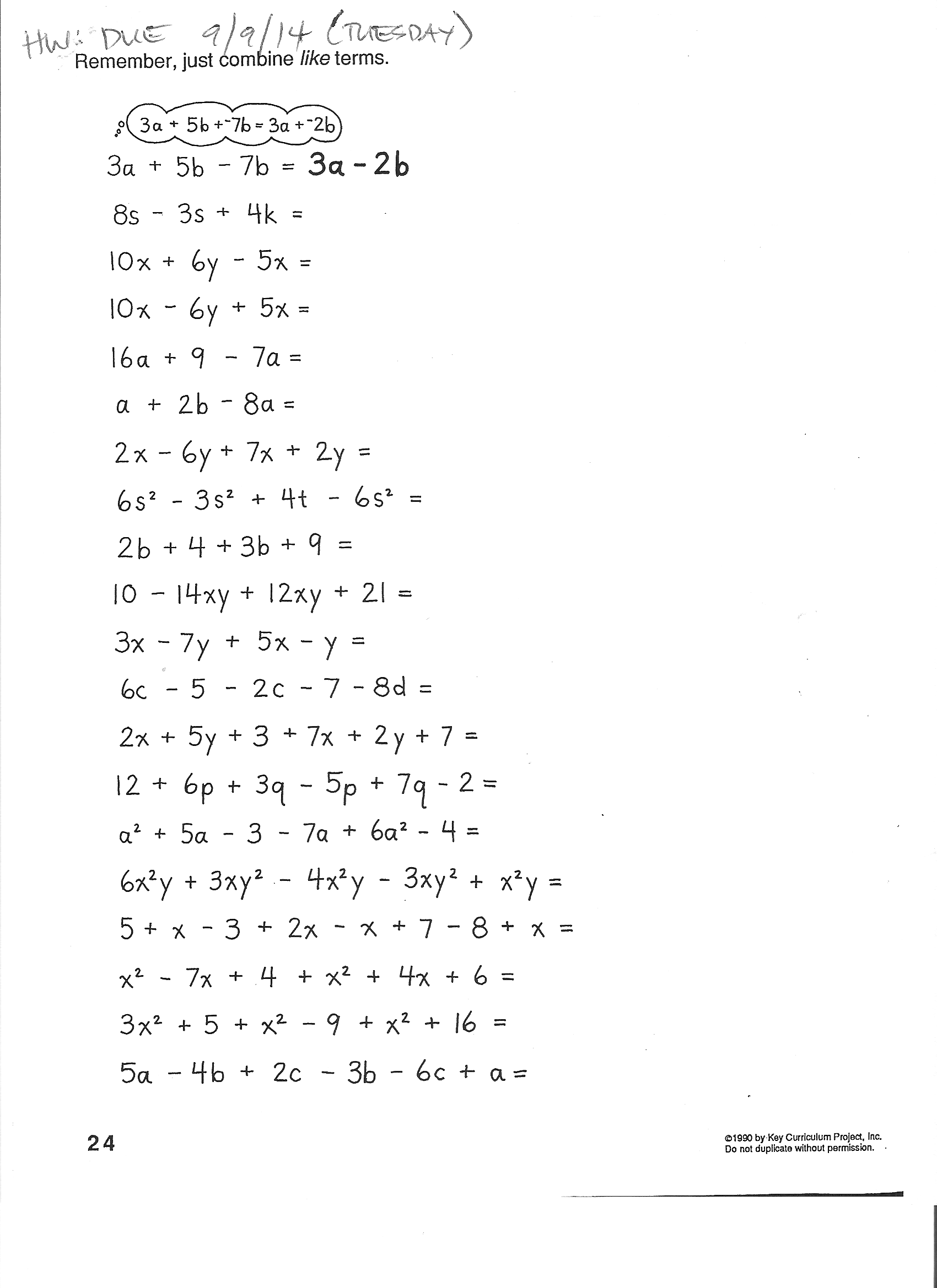
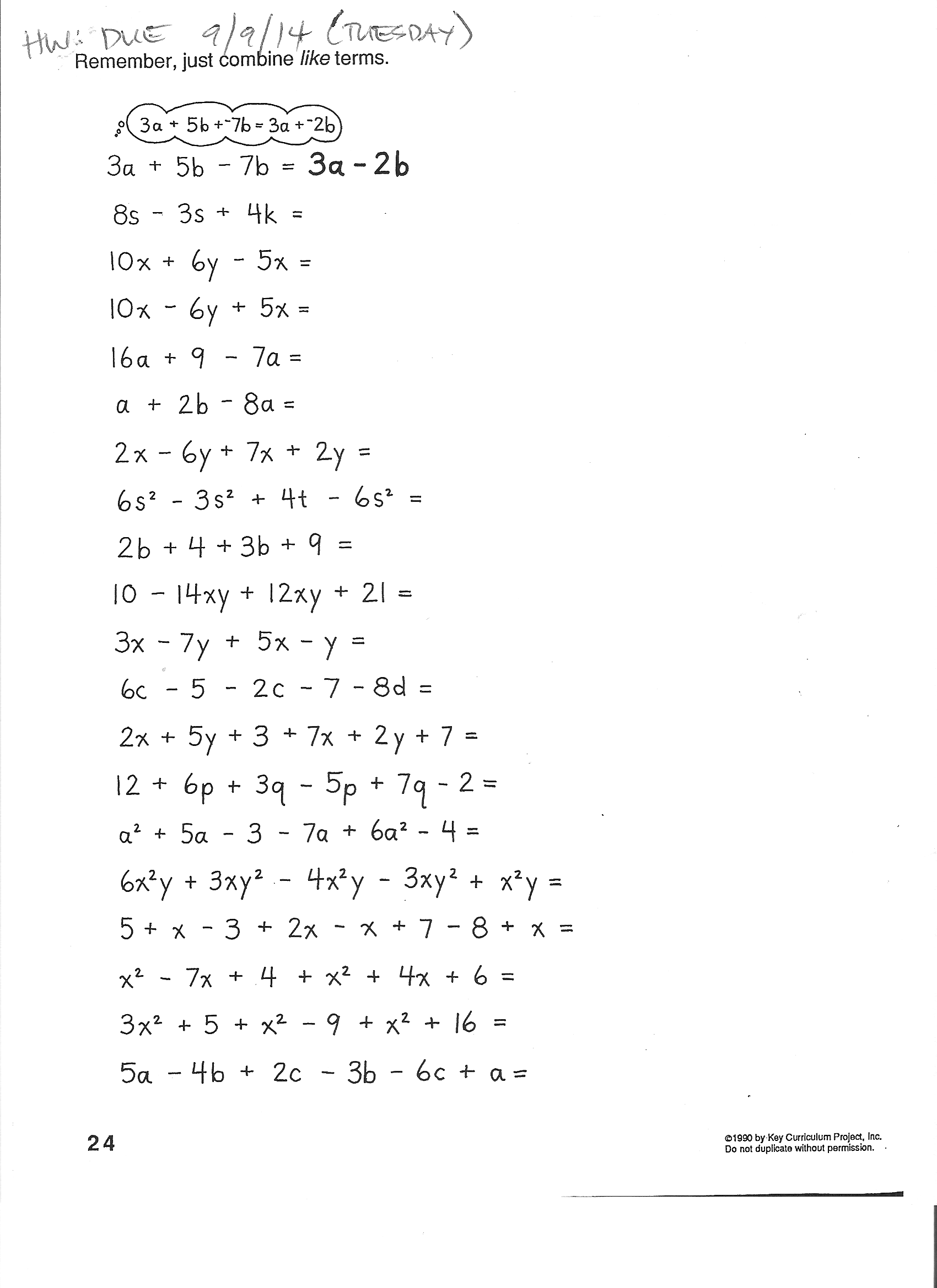
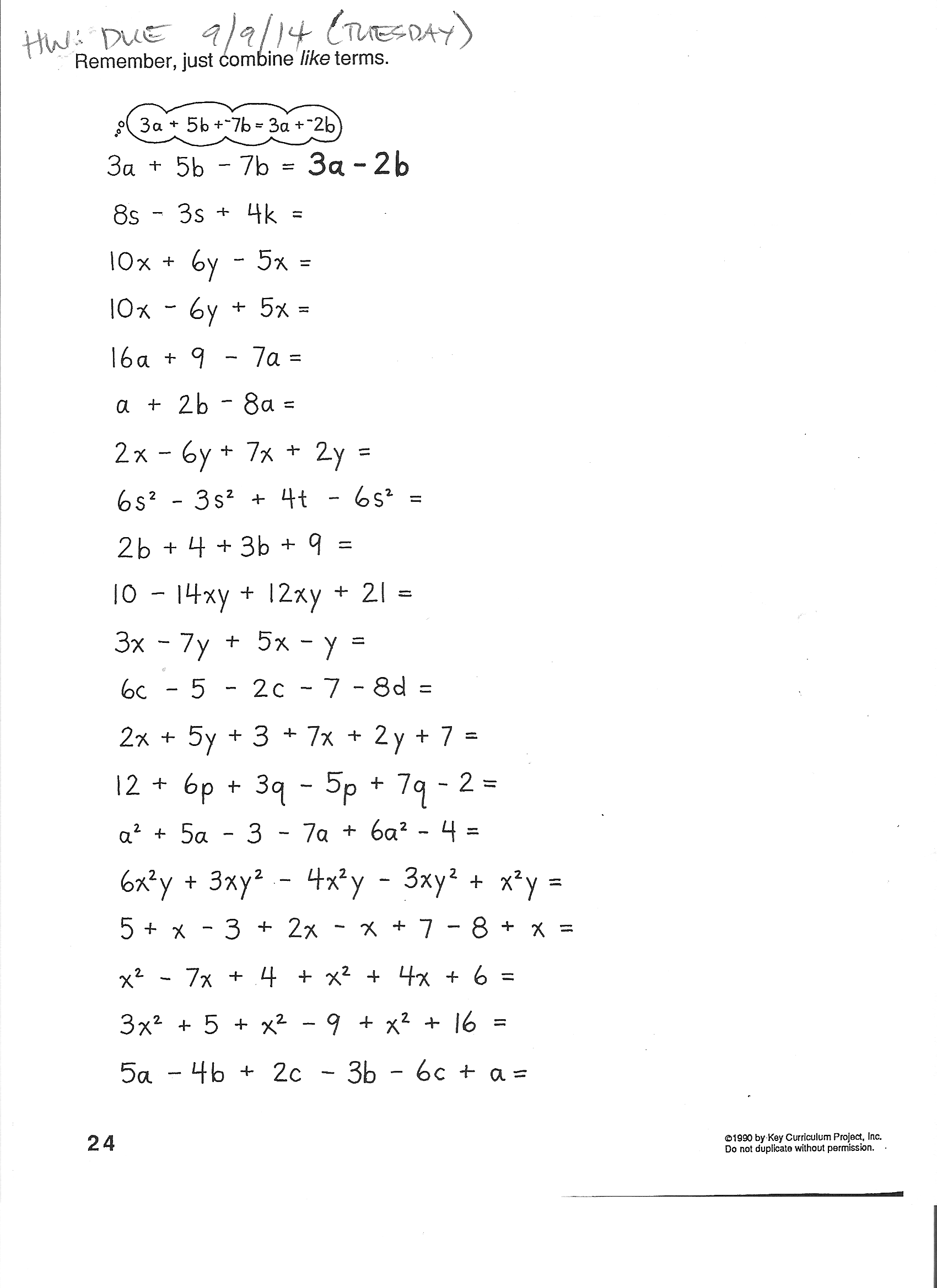
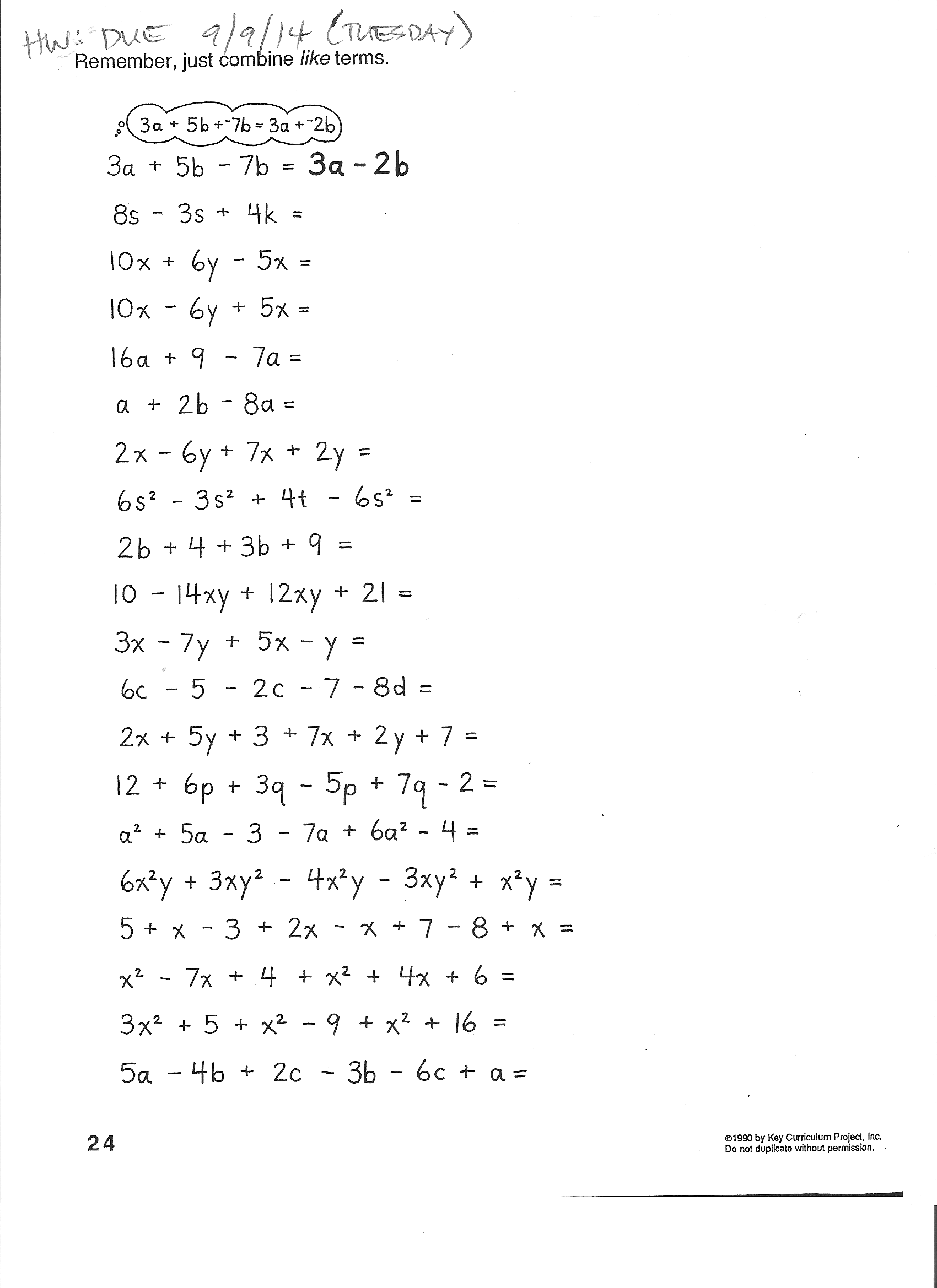
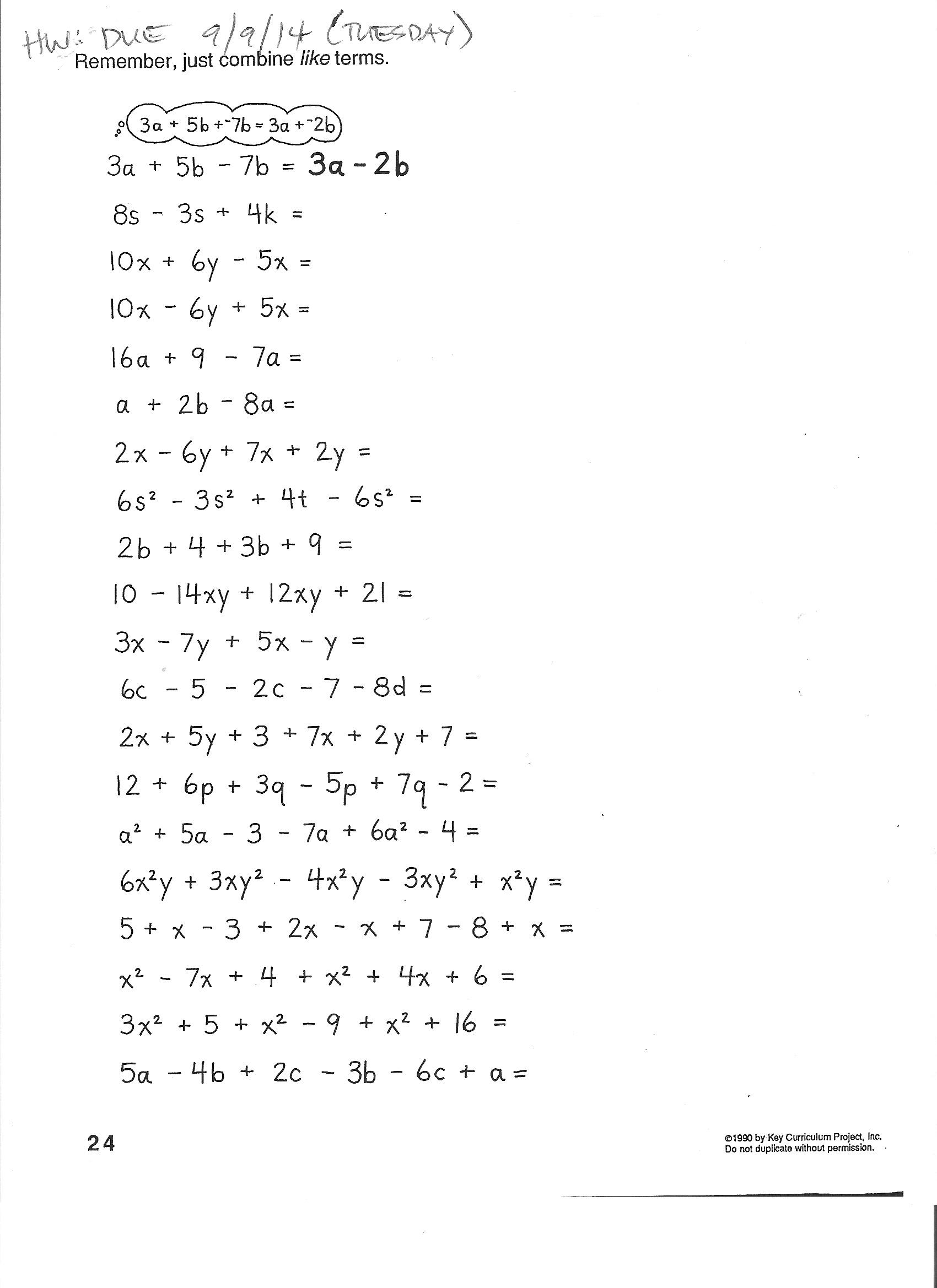
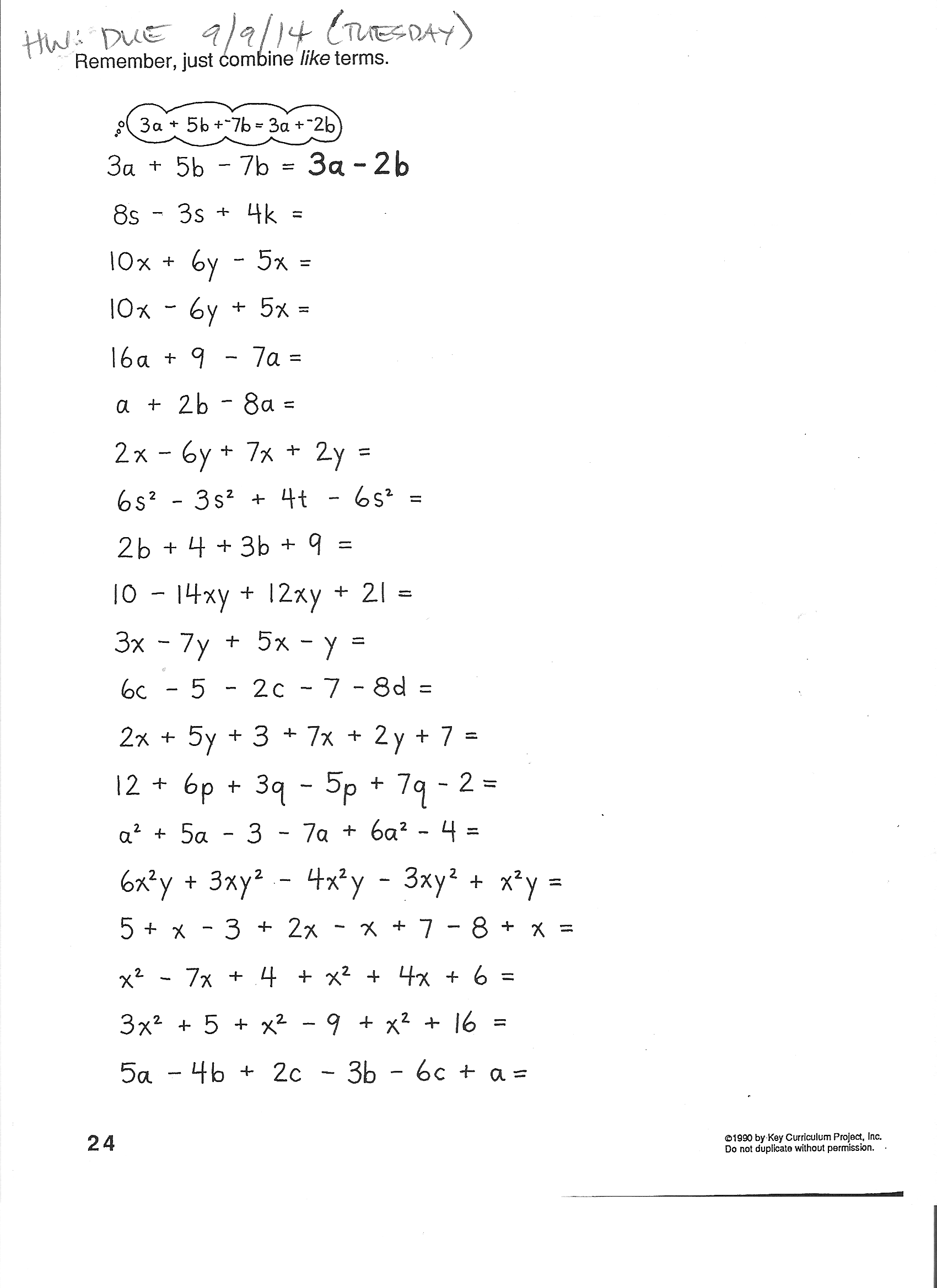
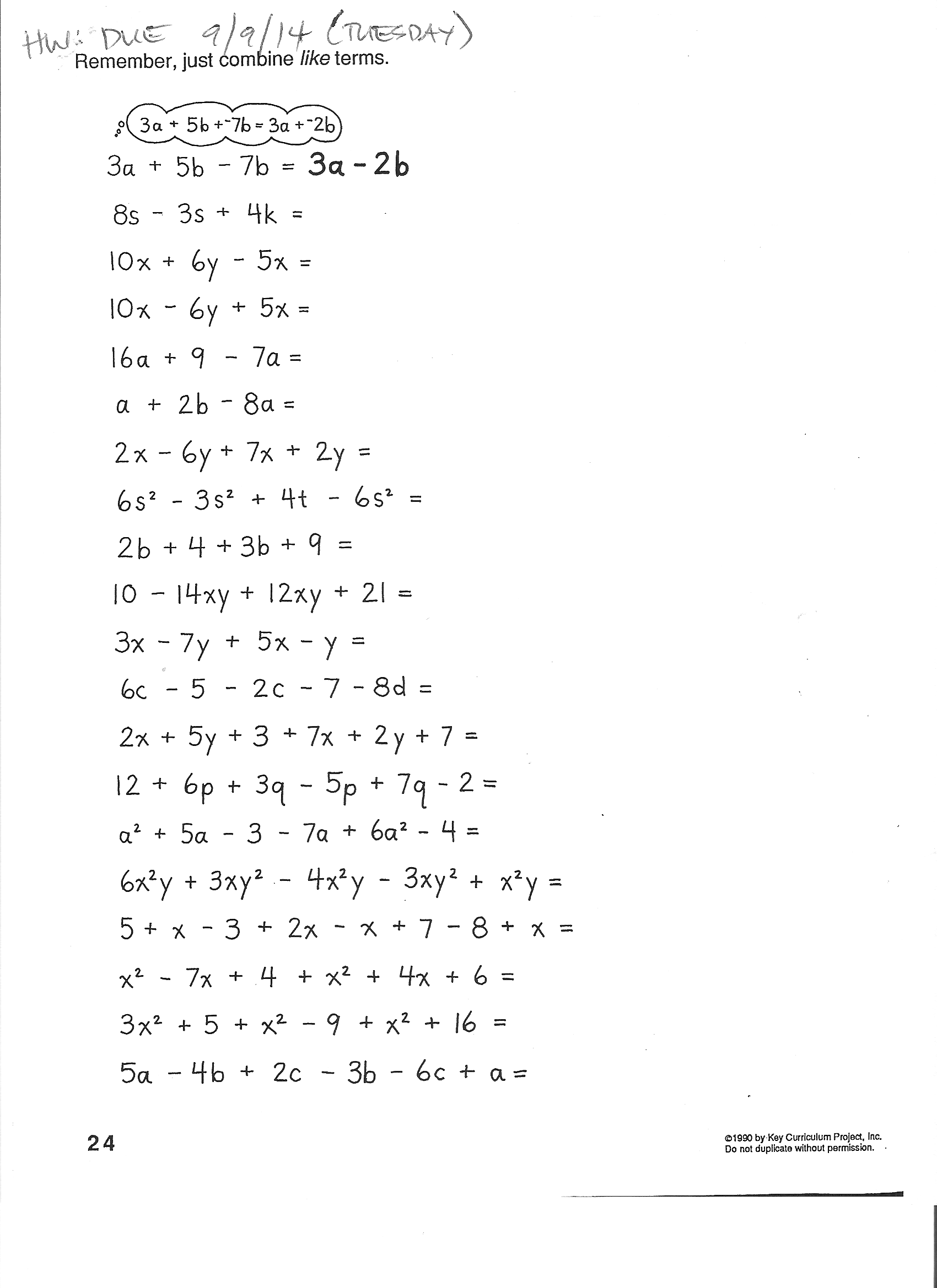
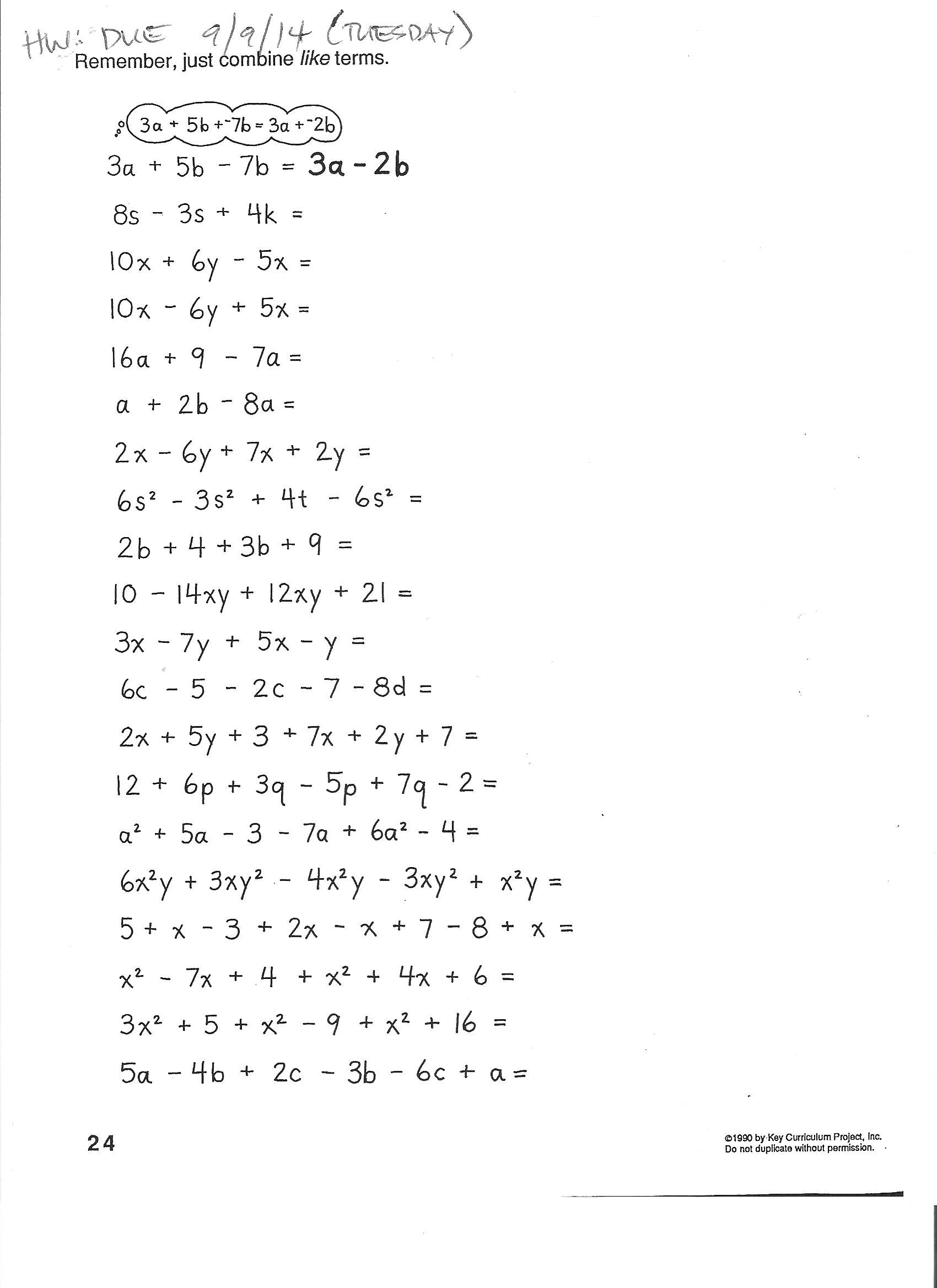
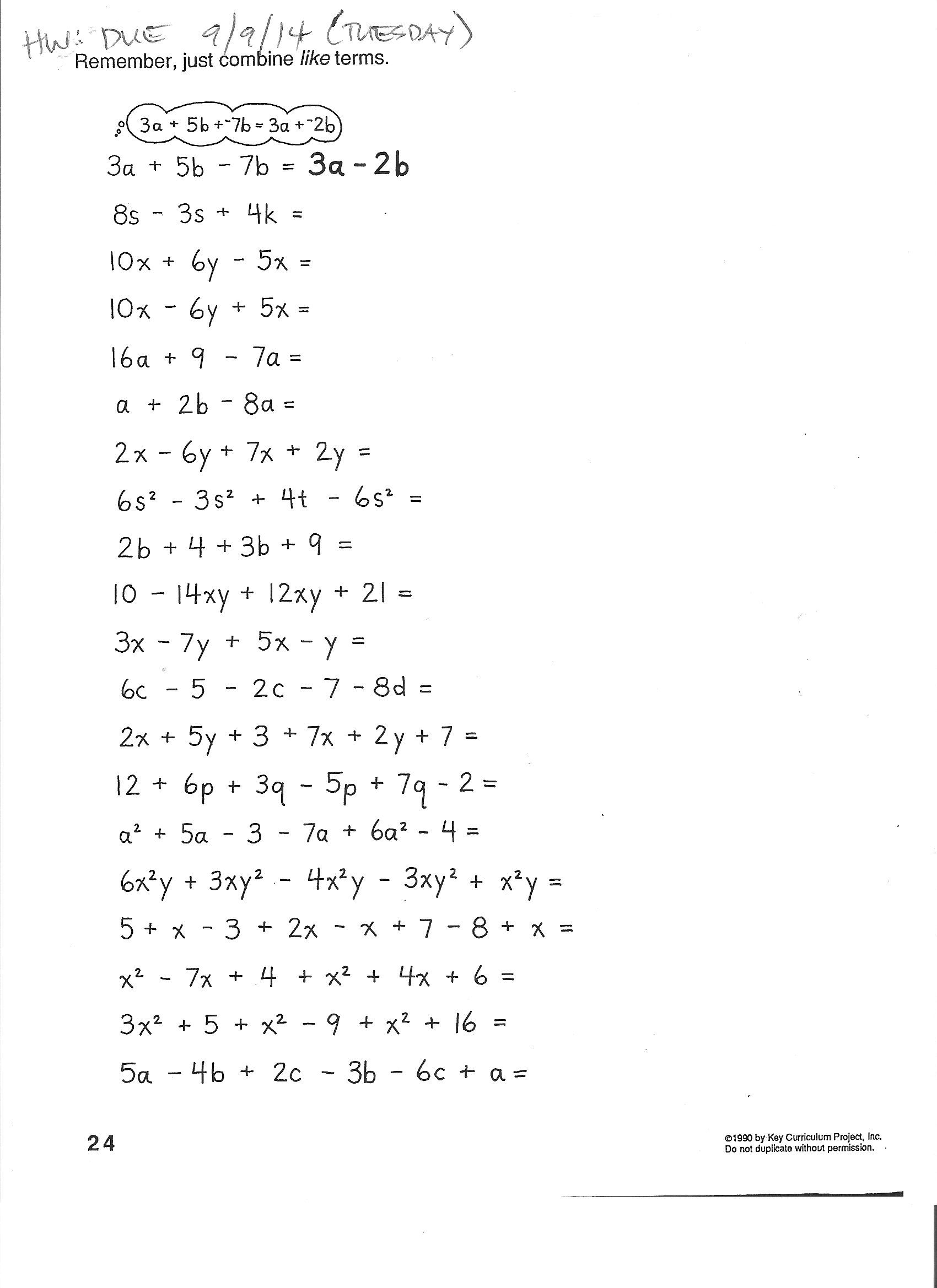
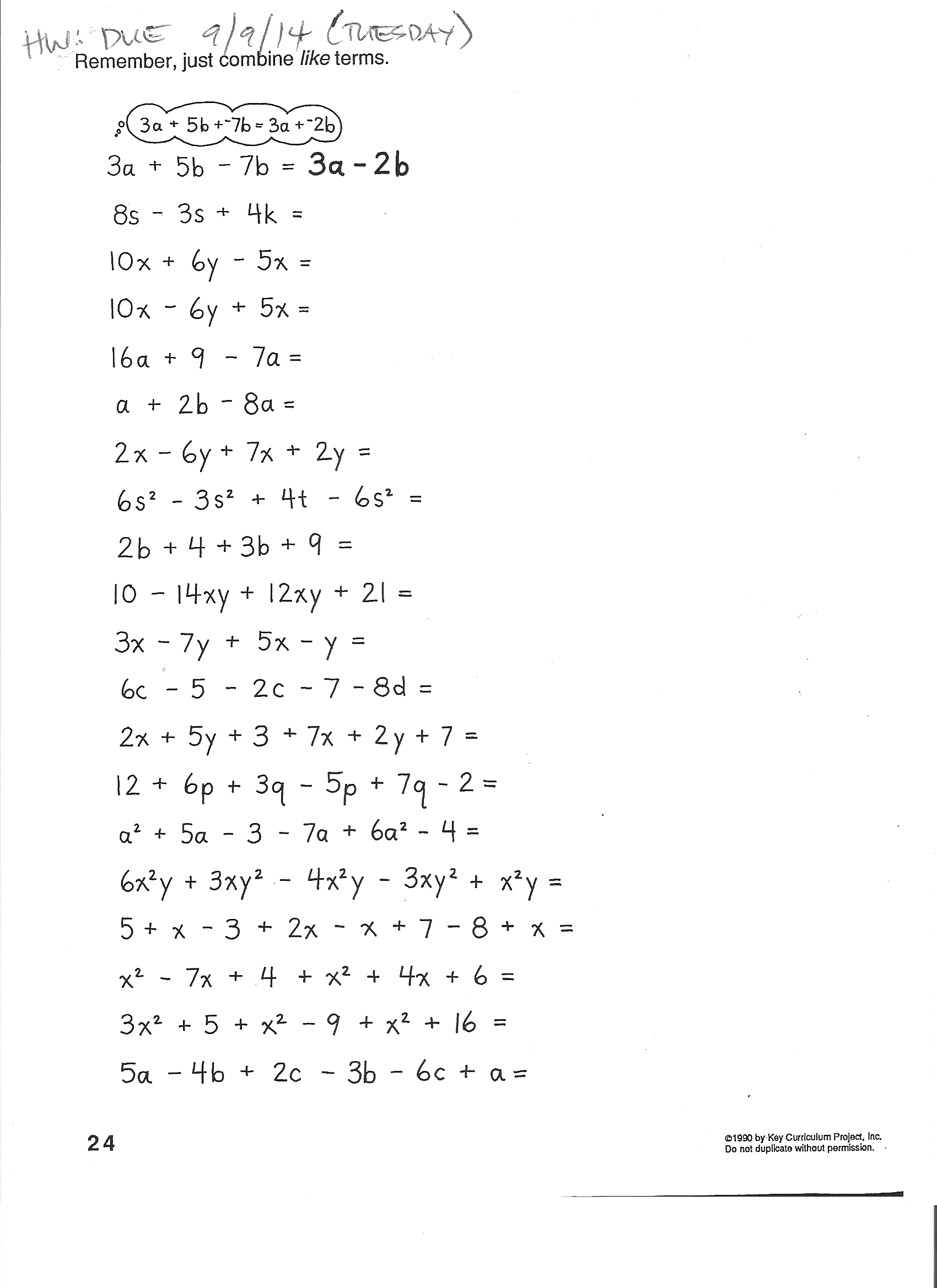














Comments